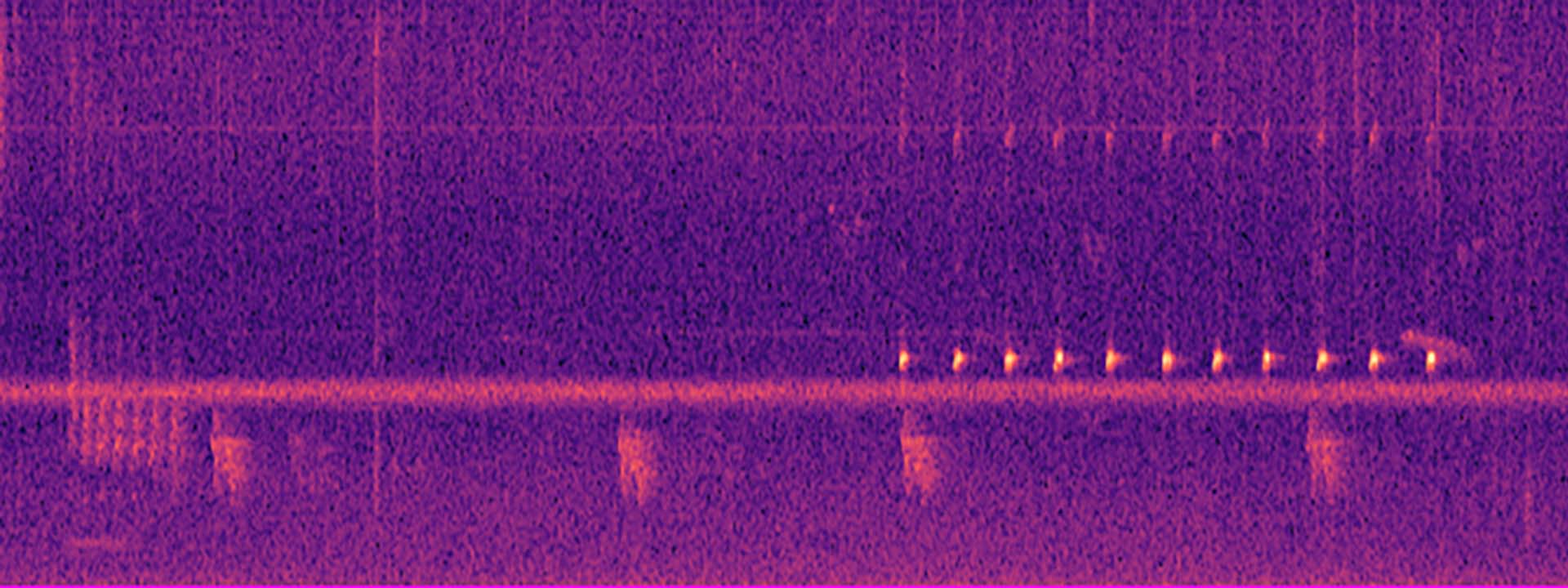Bioacoustics is a cross-disciplinary science that combines biology and acoustics. Usually, it refers to the investigation of sound production, dispersion and reception in animals (including humans). In our research lab, we collaborate with conservation organizations and research labs to leverage machine learning and deep learning models to automatically process and analyze large volumes of audio recordings. Here are a few of the bioacoustics research projects we are working on:

The sounds of the rainforest
Listen and learn about the Amazon’s call for conservation through bioacoustics. In the heart of South America lies the Amazon Rainforest, a crucial component of the Earth’s ecological balance. Spanning across nine countries and covering over 5.5 million square kilometers, the Amazon is a critical indicator of the planet’s health.

AI-powered conservation for the Amazon
Deforestation threatens our planet’s health, with the Amazon losing nearly 2 million hectares in 2022 alone. Project Guacamaya, in partnership with Humboldt Institute, uses AI to combat this crisis: satellite analysis detects illegal deforestation activities, AI-enhanced camera traps streamline wildlife monitoring, and bioacoustics aid species identification. This approach offers efficient monitoring to prioritize action where it’s most needed.

Zero-shot transfer for wildlife bioacoustics detection
Building supervised learning models requires manual data labeling which is slow, expensive and error prone. With self-supervised learning models, we are able to learn effective visual representations without human supervision, allowing us to explore clusters of animal calls that are from different species, or different stereotypes of calls from the same species, and also discover new sounds that are of interest.

CLAP bioacoustics annotation tool
We’ve leveraged CLAP’s group-level generalization capabilities to develop an efficient bioacoustics annotation tool akin to MegaDetector for animal audio detection. By enabling annotators to focus solely on regions of interest rather than listening to entire recordings or deciphering spectrograms, our tool streamlines the annotation process, drastically reducing time, effort, and expertise required. The user-friendly interface can also quickly identify and annotate positive and negative sounds.

Helping protect beluga whales with deep learning
It’s been over a decade since the Cook Inlet beluga was listed as endangered in 2008, and the population continues to decline with a current population estimate of 328 whales. To help understand and mitigate this problem our partners put together an acoustic research program to continuously monitor the beluga whale habitat. Using machine learning our researchers are helping to reduce labor and time for annotation and increase the accuracy of classification results.

Using bioacoustics for multi-species classification
Acoustic monitoring has gained widespread interest as an ecological tool for wildlife population assessment, conservation, and biodiversity research. Acoustic analyses are often done manually which can be limiting. To enable analysis of entire datasets, accurate, automated sound recognition methods are paramount. In our research, we evaluate deep convolutional neural networks for classifying the calls of 24 birds and amphibian species. This multi-label multi-species classification methodology and its framework can be easily adopted by other acoustic classification problems.
Explore More
- Collection Open-source code resources

